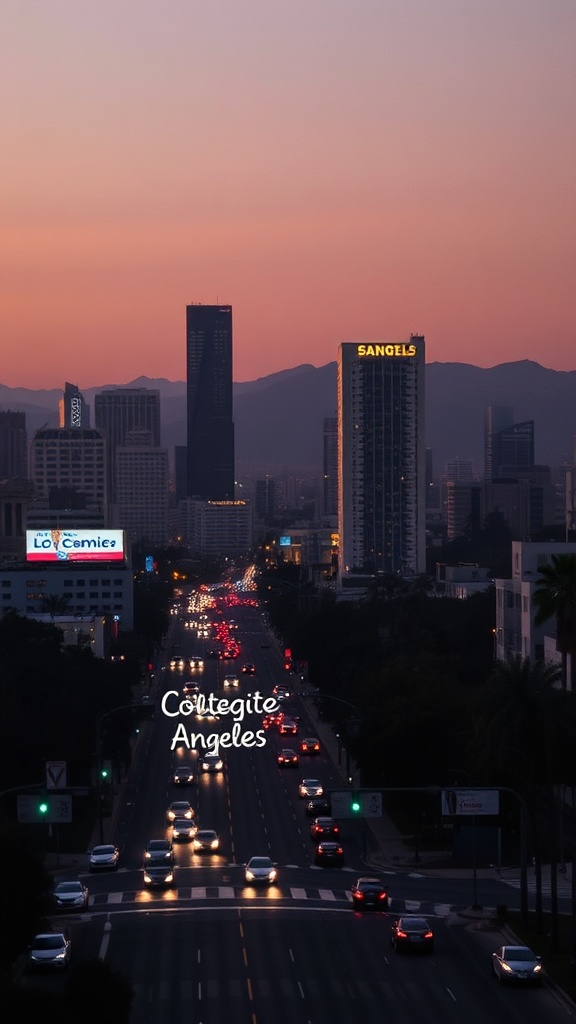Getting around Los Angeles without a car is easier than many expect.
A growing network of light rail, buses, bike lanes, and ride-hail options makes it possible to explore beaches, neighborhoods, and cultural hubs without relying on freeway driving. Here’s a practical guide to moving around LA efficiently, affordably, and with less stress.

Plan around transit corridors
Several reliable rail lines and frequent bus routes link major destinations: downtown, Hollywood, Koreatown, Santa Monica, Long Beach, and the Arts District are all reachable by public transit.
Use transit apps or the Metro trip planner to map connections and departures. Trains and rapid buses are often the quickest way to avoid traffic during peak hours.
Tap and go
A reusable transit card and mobile ticketing make transfers seamless.
Load value or passes ahead of time to avoid lines. Many transit systems accept mobile apps for contactless payment, which is handy when switching between rail, bus, and commuter trains that serve outlying areas.
Mix modes: rail, bus, bike, scooter
Last-mile connections are part of the experience. Dockless scooters and e-bikes can cover short distances between stations and attractions.
City bike lanes and newly built greenways make pedal power a viable option in many neighborhoods—bring a helmet and follow local rules. For longer regional trips, commuter rail services reach suburbs and nearby cities, offering a scenic and stress-free alternative to freeway traffic.
Neighborhood travel tips
– Downtown: Walkable core with frequent rail and bus service; expect lots of late-night options and cultural venues within a short stroll.
– Hollywood and Koreatown: Dense, walkable areas that benefit from rail access and plentiful ride-hail coverage.
– Westside and beaches: Light rail and frequent bus routes connect to waterfront neighborhoods. Santa Monica and Venice are particularly easy to reach without a car if you plan transfers ahead.
– Eastside: Hip neighborhoods like Echo Park and Silver Lake are increasingly bike-friendly and offer neighborhood shuttles or short rideshares for hillier stretches.
Timing and comfort
Traffic can be heavy during commute windows and major events. Traveling mid-morning or late evening typically means fewer crowds.
Trains and express buses are a comfortable choice for longer corridors; bring water, sunscreen, and a small umbrella for sun or surprise showers.
Safety and etiquette
Keep belongings close and avoid loud phone conversations on transit. Move to the center of the car to make room for others during busy periods. Biking and scootering require situational awareness: obey traffic signals, use bike lanes when available, and yield to pedestrians.
Cost-saving strategies
Consider day or multi-day transit passes if you’ll be hopping between neighborhoods. Combining public transit with short scooter or bike trips usually saves money versus repeated ride-hail trips, especially in congested areas.
Where to start
Pick one central base—downtown, the Westside, or a neighborhood near a rail line—and plan day trips from there. Use live transit apps to track delays and real-time departures, and keep a backup route in mind in case of service changes.
Exploring Los Angeles without a car unlocks new perspectives: quieter streets, closer neighborhood discovery, and a more relaxed travel rhythm. With a little planning and a willingness to mix modes, LA becomes a more accessible city to enjoy on foot, wheel, and rail.
